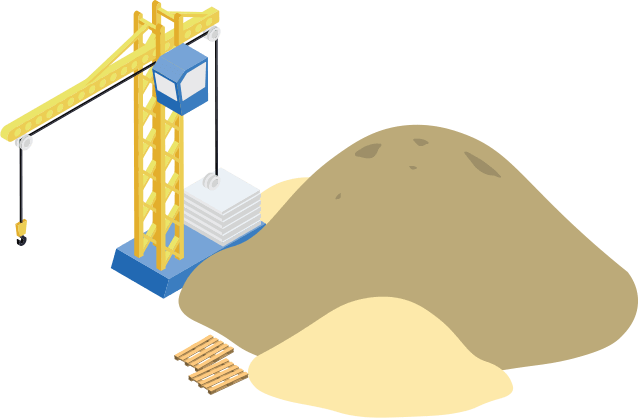It’s not always easy to tell, but the proof is always in the pudding. You may have taken a wrong turn somewhere, followed a recommendation that led you down the wrong path. Or, and this is the real kicker, maybe you paid someone to do SEO for you, only for them to completely botch your rankings.
But how can you tell when things go south? What can you do to fix it? Where do you even start?
First things first, you need to be using free tools from Google like Analytics and Search Console. These tools provide you with valuable information, including the volume of traffic to your site, user engagement, what keywords you’re regularly ranking for, and if Google is encountering any page errors.
Additionally, Google Search Console keeps track of the links pointing to your site and what pages their pointing at. And, if you’ve hired someone to do your SEO and are now experiencing problems, this is one of the first places I’d look. One of the most common (and sketchiest) black hat SEO tactics is purchasing spammy links. These links can have a negative impact on your rankings, can result in a Google penalty, and are a HUGE pain in the butt to get rid of.
And, unfortunately, Google doesn’t always make it clear that they’ve penalized your site. If you’re under a manual penalty, Google will notify you in Search Console. But, if you were penalized by an algorithm, you’ll need to dig into it a little more. Have you noticed a drop in rankings? Have you noticed a decline in leads? Have you had a hard time finding your site in the SERPS? If you’ve answered yes to any of these questions, you’re probably under a penalty.
Neil Patel has a great article on how to fix Google penalties.
[Side note: black hat SEO = the use of aggressive SEO strategies, techniques and tactics that focus only on search engines and not a human audience, and usually does not obey search engines guidelines.]
If you’ve officially ruled out a penalty, start digging deep into your site. What technical issues are hiding under the surface? Look for keyword stuffing in copy, unnaturally written titles and descriptions, and parts of your site that aren’t fully optimized. If you’ve never performed an SEO audit, this source can help.
After you’ve confirmed that your technical SEO is in order, it’s time to review your copy for length, quality, and clarity. Since Google launched their Panda algorithm in 2011, they’ve put a heavy emphasis on good, clean content that actually serves a purpose. The search engine hates pages that are only a few sentences, fail to help the searcher, or are unnaturally written. Ask yourself: does this copy make sense? What purpose does it serve? Is it what my target audience is looking for? If the answer is no, it’s time to put some pen to paper.
My man Neil has another great resource for copywriting, as well.
TL;DR: Make sure you take any SEO recommendations with a grain of salt, or that the information is coming from a source you can trust (AKA experts in the field, like ones cited here). Don’t hire some sketchy schlub to do your SEO. If a company clearly promises specific results, RUN FAST. Otherwise, you’ll find yourself spending hours (or tons of money) trying to fix one or all of the issues outlined above.









